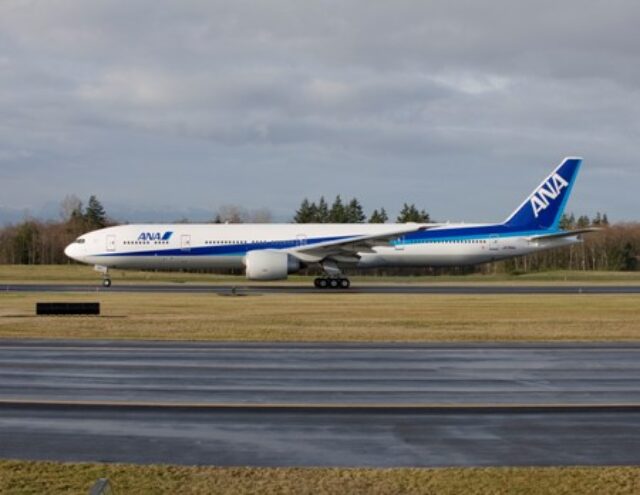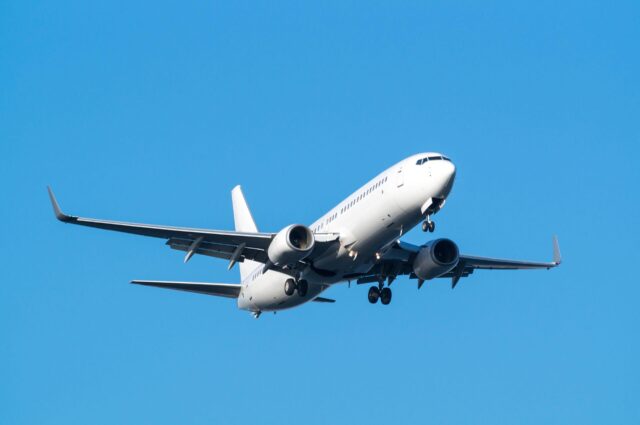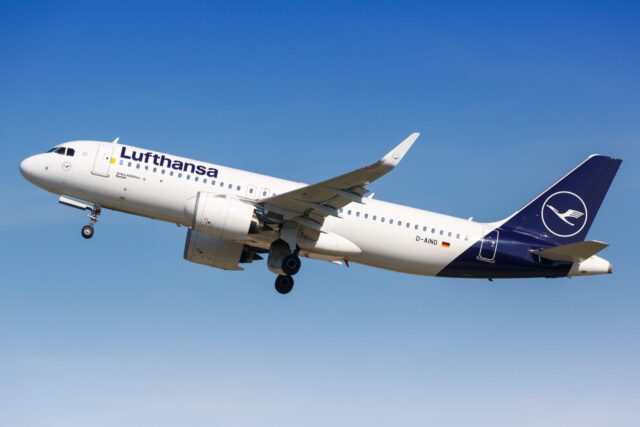New Chengdu combat air platform debuts on Mao’s birthday

Video footage and images of the new aircraft, accompanied by a two-seat J-20S chase-plane, started circulating online on the morning of 26 December. The aircraft was escorted by a Chendu J-20S, and the flight seems to have been undertaken from the Chengdu Aircraft Industry Group’s factory airfield, the Chengdu Wenjiang Airport.
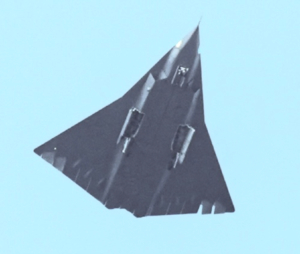
Sightings of the new aircraft followed the release of new renderings of a next-generation aircraft that circulated online, and the Chengdu Aircraft Industry Group closed Chengfei Park (adjacent to the company’s airfield with views over its runway) from 12-31 December.
There have been no official announcements, and there is some debate as to whether the new aircraft is a prototype or technology demonstrator for China’s rumoured new sixth-generation fighter aircraft or for the fifth-generation JH-XX regional bomber that is known to be under development. The latter seems less likely, as concept CGIs issued so far have shown an aircraft with canted tailfins, and the project was believed to be the responsibility of the Shenyang Aircraft Company and its associated Shenyang Aircraft Design Institute (Institute 601) and not Chengdu.

In late 2018, reports started to emerge that the 611 Institute was developing key technologies for a next generation fighter which was expected to enter service from 2030, and the satellite image released in October 2021 was associated with this project. There was speculation that the aircraft would feature a tailless diamond wing configuration and a three-engined configuration and that a first flight was expected by 2025.
The new medium sized/medium range supersonic stealth fighter bomber JH-2x (also known as Project 176) was derived from studies undertaken by the 601 Institute in the 2000s. CGIs showed it to be a V-tailed design with a two-seat cockpit.
The new aircraft bears more resemblance to the tailless fighter-like airframe photographed by a Planet Labs satellite at Chengdu Wenjiang Airport in October 2021, than it does to Shenyang’s JH-2x concepts. It also resembles a concept model unveiled at the Zhuhai Airshow in 2022, and has some similarities to an aircraft seen in the background of photos taken at the Chengdu Institute of Aircraft Research and Design in 2023.
The aircraft shares a similar configuration and planform to Lockheed Martin’s X-44 MANTA (Multi-Axis No-Tail Aircraft) concept, which was intended to test the feasibility of using 3D thrust vectoring to provide full yaw, pitch and roll authority, without horizontal or vertical tailplanes. It also has some features in common with the Dassault NGF model unveiled at Euronaval in 2018, that has formed the basis of some (but by no means all) subsequent SCAF renderings.

The new Chengdu aircraft has a similar ‘diamond’ shaped wing, with a cranked leading edge root extension and a flat-bottomed fuselage, and no tails, vertical, canted or horizontal. The Chengdu design is much larger (with the accompanying J-20S providing some element of ‘scale’), and has dual tandem wheel main undercarriage bogeys reminiscent of those fitted to the MiG-31 and twin nosewheels, which are indicative of a heavy airframe. Novel features include the spilt airbrakes/flaperons at the wingtips, and the combination of side-mounted and apparent dorsal intakes. The photos seen so far are not quite good enough to conclusively determine whether the aircraft is triple-engined, and the dorsal intake may feed an APU intended to generate electrical power and cooling.
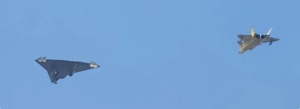
The aircraft is clearly optimised for high performance and very long range, and could be used to further ‘push back’ the edge of China’s A2/AD envelope, making the US more dependent on its own long range B-21A Raider and the forthcoming NGAD, if it survives the incoming Trump administration. It will further erode the usefulness of the USAF’s existing fifth generation tactical aircraft – especially the F-35.






